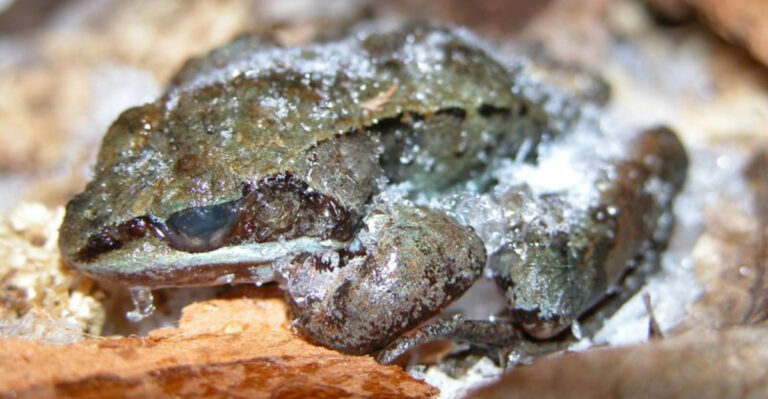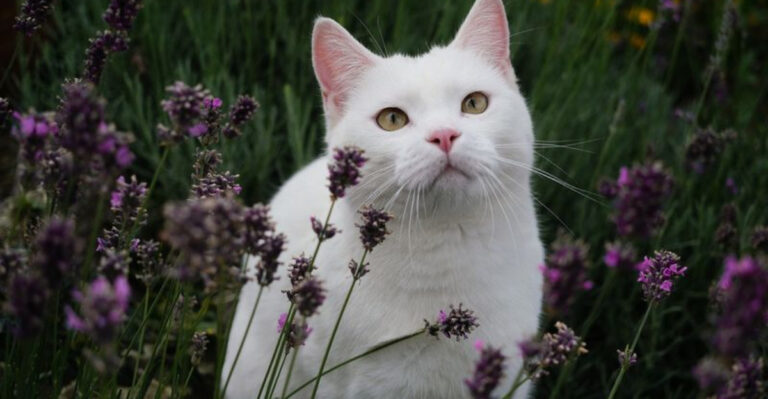15 Outdoor Cat Care Mistakes You’ll Want To Avoid At All Costs
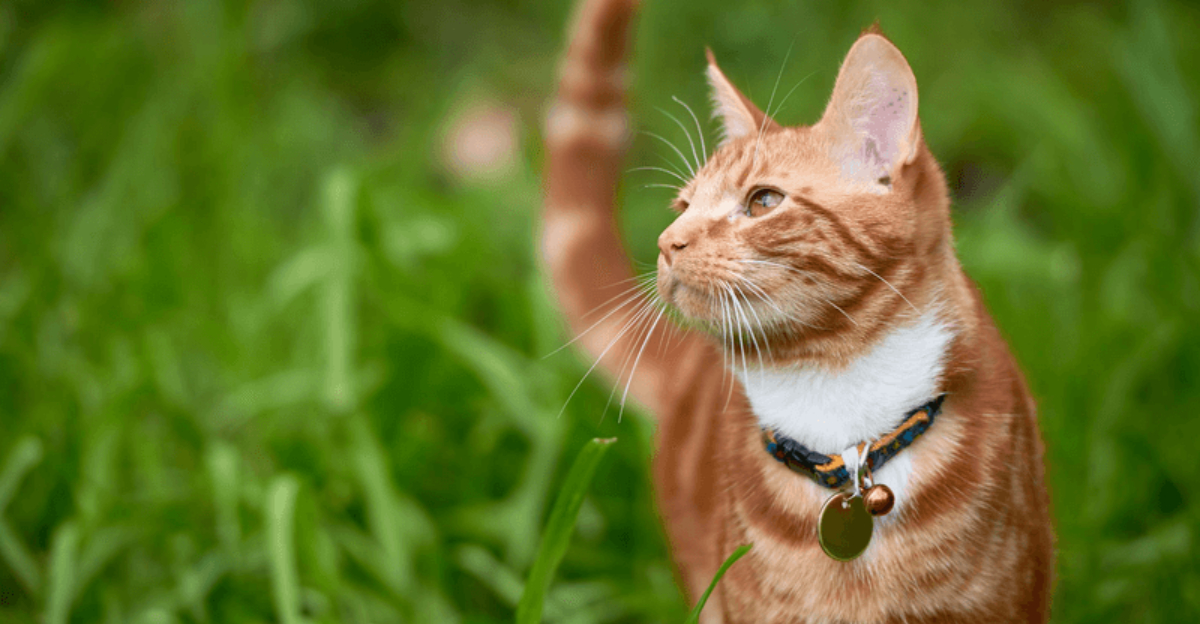
Letting your cat explore the great outdoors can be enriching, but it comes with unique challenges and responsibilities.
Many well-meaning cat parents make mistakes that put their furry explorers at risk without even realizing it. Whether your feline friend is an occasional garden visitor or a seasoned outdoor adventurer, knowing these common pitfalls could literally save their life.
1. Skipping Regular Flea And Tick Prevention
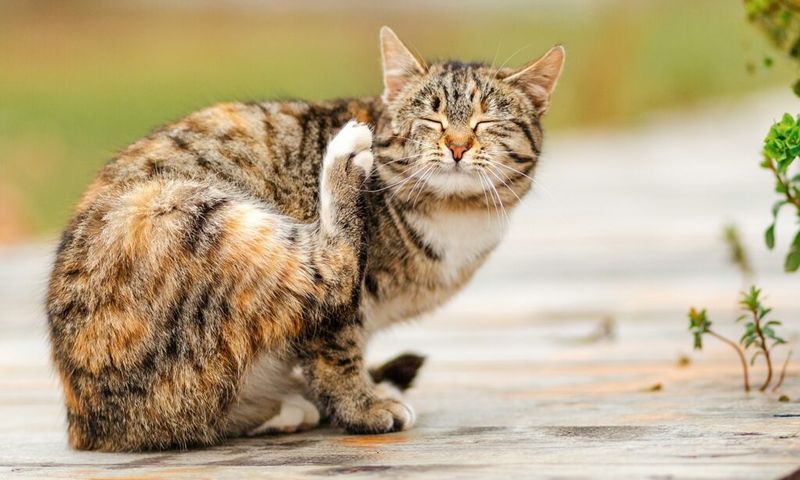
The outdoor world is crawling with tiny hitchhikers waiting to latch onto your cat. Missing even one monthly treatment can lead to infestations that cause anemia, transmit diseases, or trigger allergic reactions.
Year-round protection is crucial, even in winter months when many owners mistakenly think parasites are dormant. Talk to your vet about the best prevention options for your specific area and cat’s lifestyle.
2. Forgetting To Update Identification
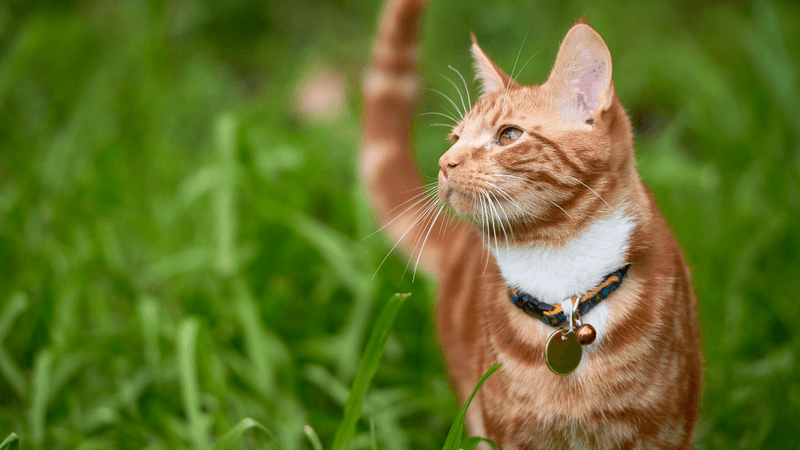
Lost cats with outdated microchip information might never find their way home. Shelters and vets can’t contact you if your phone number changed or you moved without updating your cat’s records.
Collars with tags can also slip off, leaving your explorer completely anonymous. Double-check your contact details annually and ensure your cat wears a breakaway collar with current information.
3. Letting Them Roam Without Vaccinations
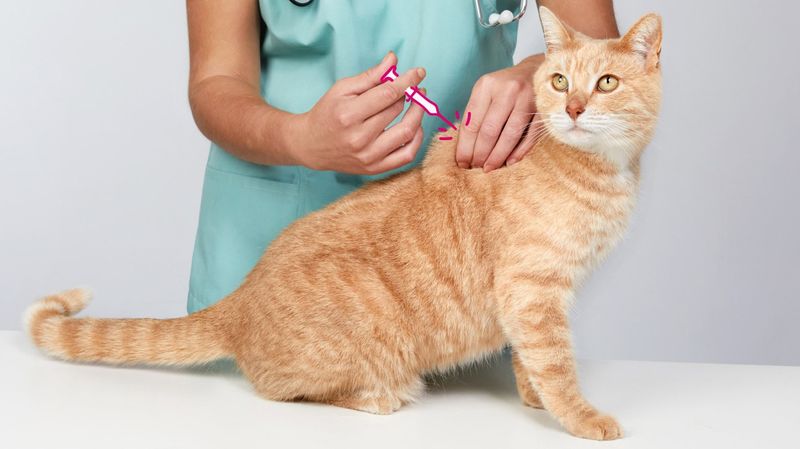
Wild encounters with other animals put unvaccinated cats at serious risk for deadly diseases. Rabies, feline leukemia, and distemper spread easily through fights, shared food sources, or even casual contact.
Some outdoor cats need more frequent boosters than indoor-only pets. Your furry explorer might need additional vaccines beyond the core requirements, especially if wildlife is common in your neighborhood.
4. Ignoring Weather Extremes
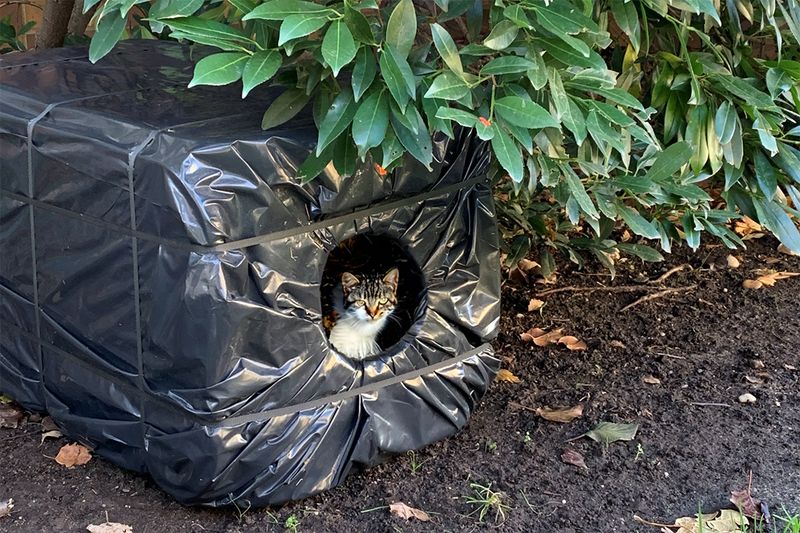
Cats can suffer heatstroke or hypothermia faster than many owners realize. Summer pavement can burn sensitive paw pads while winter brings frostbite risks to ears and tails.
Outdoor access should be limited during temperature extremes. Create sheltered spaces with insulation for winter and shady retreats for summer days. Always provide fresh water that won’t freeze or become too hot to drink.
5. Overlooking Toxic Plants In Your Garden

Many common garden plants can cause serious illness if your curious cat takes a nibble. Lilies are particularly lethal – even pollen groomed from fur can cause kidney failure. Other dangers include azaleas, daffodils, and foxglove.
Research every plant before adding it to your outdoor space. Consider creating a special cat garden with safe options like catnip, cat grass, and valerian to satisfy their plant-chewing instincts.
6. Using Chemical Lawn Treatments Carelessly
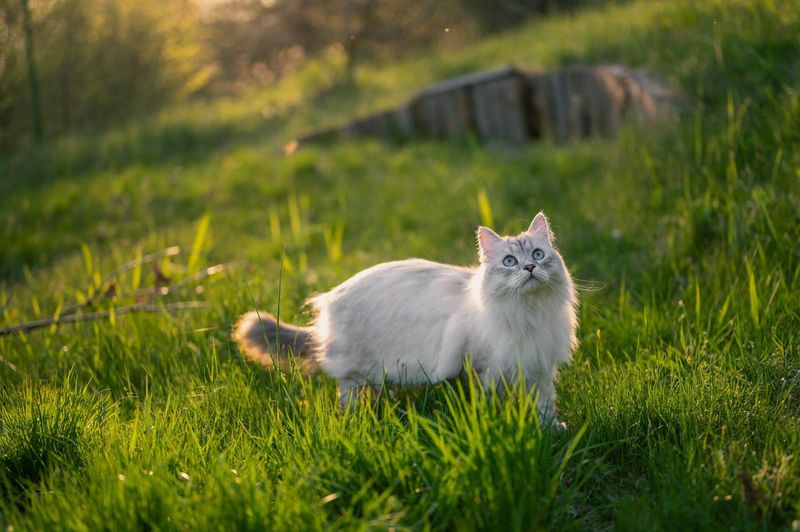
Pesticides, herbicides, and fertilizers leave residues that cats absorb through their paws, then ingest during grooming. These chemicals have been linked to increased cancer rates and neurological problems in pets.
Always follow product instructions about keeping pets away after application. Better yet, switch to pet-safe alternatives like neem oil, diatomaceous earth, or vinegar-based weed killers that won’t harm your outdoor explorer.
7. Failing To Provide Outdoor Shelter
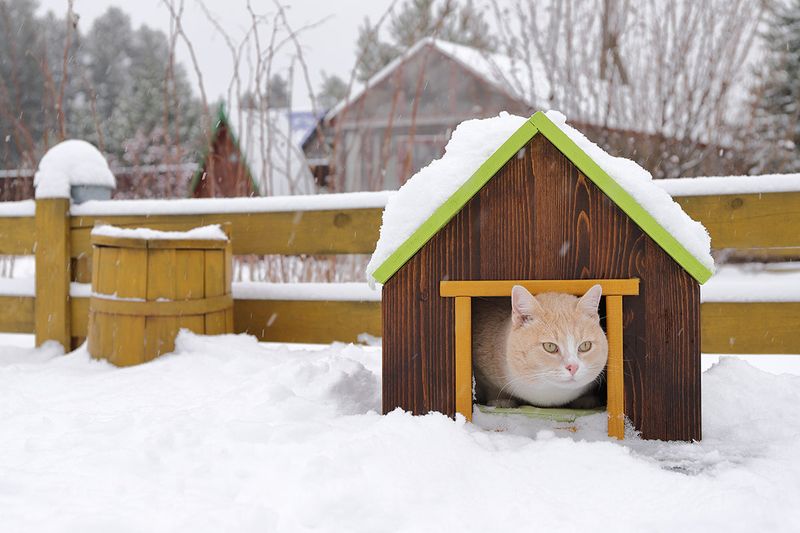
Sudden weather changes can leave your cat stranded without protection. Rain, wind, and predators all pose threats when there’s nowhere safe to hide. Every outdoor cat needs access to a weatherproof shelter, even if they usually come inside.
Position it in a quiet spot away from the elements, elevated slightly off the ground. Add straw (not hay or blankets) in winter for insulation that stays dry.
8. Leaving Standing Water Sources
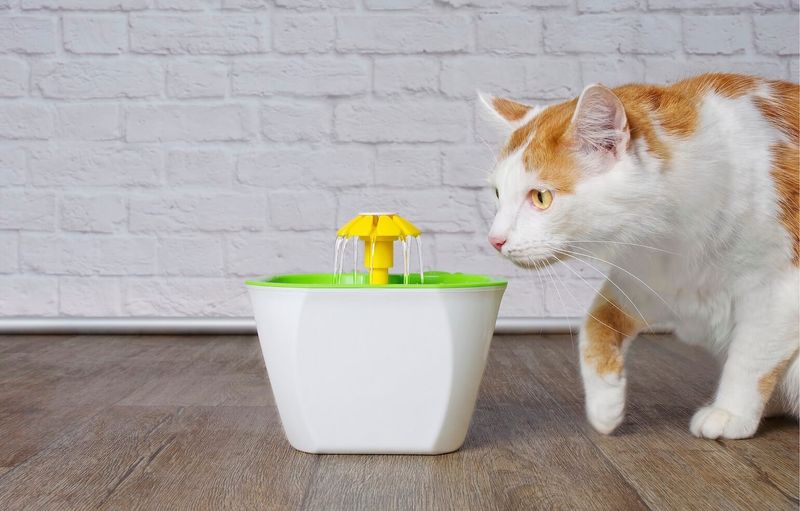
Stagnant water in birdbaths or garden containers harbors bacteria, parasites, and mosquito larvae. Cats naturally seek water sources, but drinking from these can cause serious infections. Empty and refresh outdoor water containers regularly.
Consider a pet fountain designed for outdoor use – the moving water stays cleaner and many cats prefer drinking from flowing sources rather than still bowls.
9. Allowing Nighttime Wandering

Darkness brings increased dangers from cars, predators, and territorial cat conflicts. Nocturnal wildlife like raccoons can spread diseases or injure your cat in confrontations.
Establish a sunset curfew for your outdoor explorer. Train them to come when called using treats and consistent routines. If nighttime roaming persists, consider automated cat doors that lock after dark or GPS trackers to monitor their adventures.
10. Forgetting Regular Health Check-ups
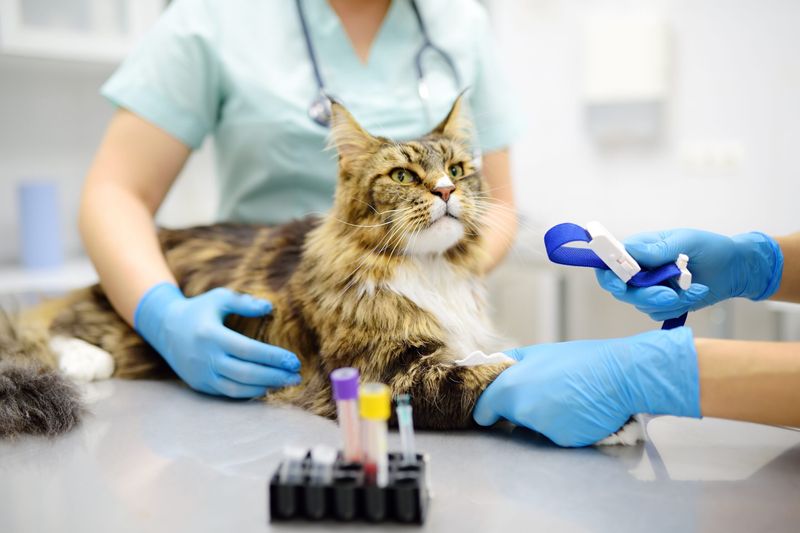
Outdoor cats encounter more health risks but often receive less veterinary attention. Early symptoms of illness get missed when owners assume behavior changes are just part of outdoor adventures. Schedule check-ups twice yearly rather than annually.
Outdoor explorers need more frequent parasite testing, dental exams, and weight monitoring. Watch for subtle changes like decreased jumping ability or altered grooming habits that might signal problems.
11. Underestimating Predator Dangers

Coyotes, hawks, and even aggressive dogs pose serious threats to outdoor cats. Many owners don’t realize these predators operate in suburban and urban areas, not just rural settings.
Create escape routes in your yard with cat-sized hiding spots or climbing options. Motion-activated lights or sprinklers can deter nighttime visitors. Consider a catio or fenced yard modification that allows outdoor enjoyment without exposure to larger animals.
12. Letting Cats Access Garage And Shed Areas

Automotive fluids like antifreeze have a sweet taste cats find irresistible, but even small amounts can cause fatal kidney failure. Garden chemicals, power tools, and sharp objects create additional hazards. Keep garage doors closed and check your vehicle before starting it.
Cats often seek warmth near engines during cold weather. Store all chemicals in sealed containers on high shelves, and secure trash cans that might contain toxic items.
13. Not Spaying Or Neutering Outdoor Cats

Unaltered cats roam farther, fight more often, and face higher injury rates than their fixed counterparts. Males spray to mark territory while females attract multiple suitors, creating neighborhood conflicts.
Beyond preventing unwanted litters, spaying and neutering reduce cancer risks and extend lifespan. Most importantly for outdoor cats, the procedures decrease dangerous roaming behaviors that lead to traffic accidents and territorial fights.
14. Offering Inappropriate Outdoor Food Stations
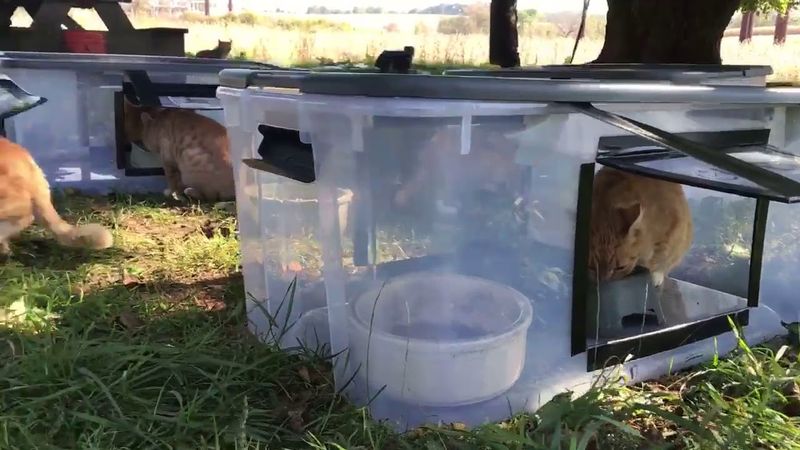
Leaving food out continuously attracts wildlife, insects, and neighborhood cats that may spread disease to your pet. Wet food spoils quickly in heat and can cause serious digestive issues.
Use timed feeders that close when not in use or feed your cat indoors before outdoor time. If outdoor feeding is necessary, remove uneaten portions promptly and clean the area regularly to prevent bacterial growth and unwanted visitors.
15. Dismissing Behavior Changes As Normal
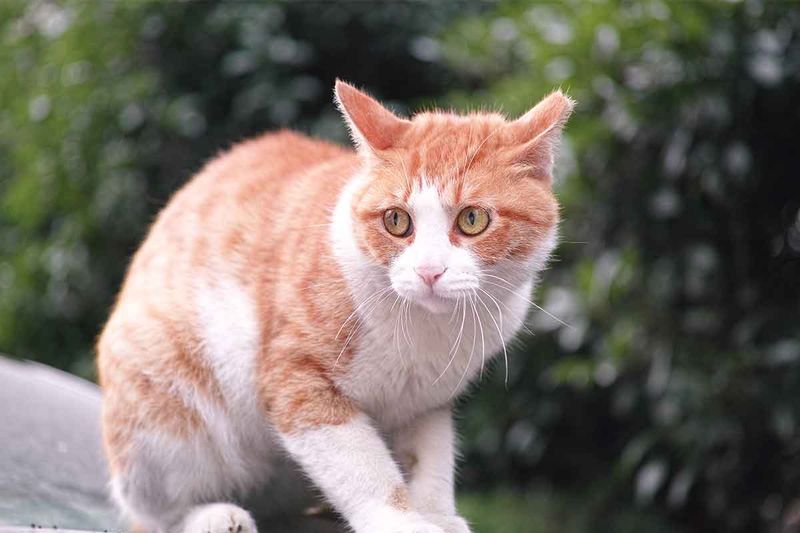
Increased aggression, excessive hiding, or sudden house soiling often signal that something’s wrong in your cat’s outdoor territory. These changes might indicate bullying from other cats, frightening encounters with predators, or health issues.
Monitor outdoor time and look for patterns in behavior shifts. Trail cameras can help identify neighborhood threats. Sometimes adjusting outdoor schedules or creating safe zones in your yard solves territory-related stress problems.




